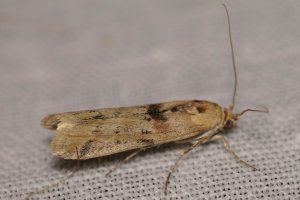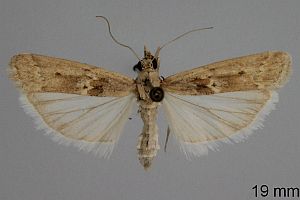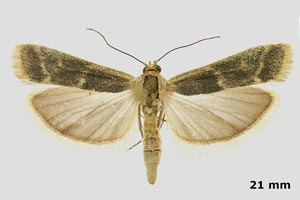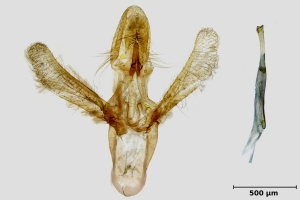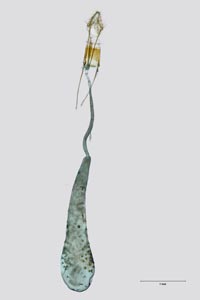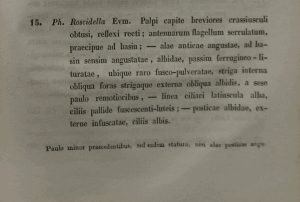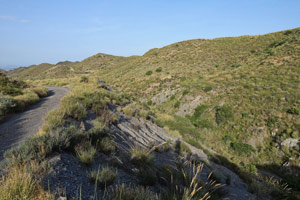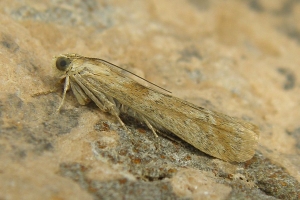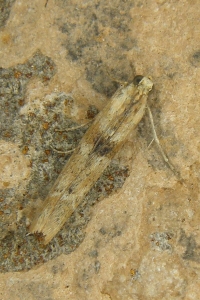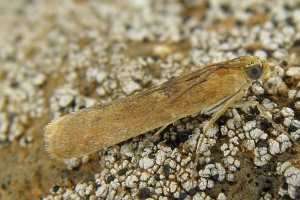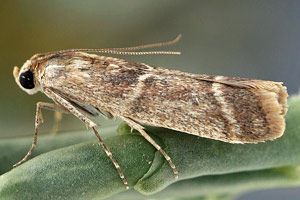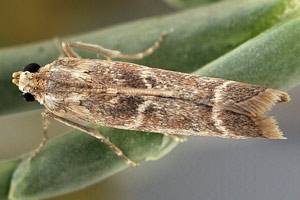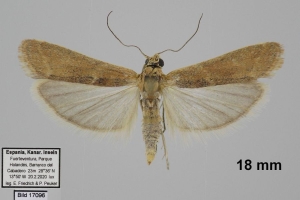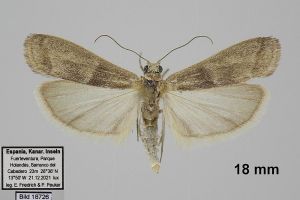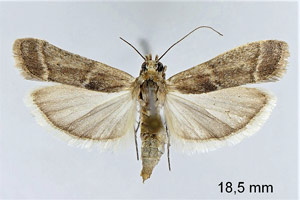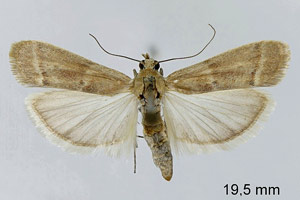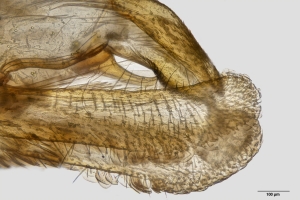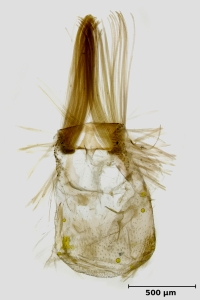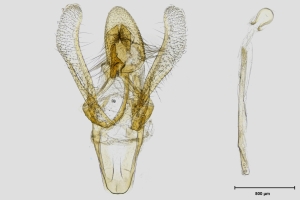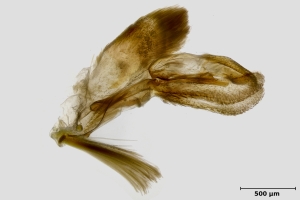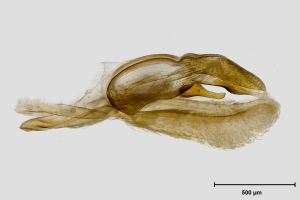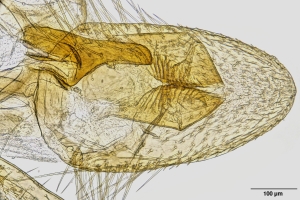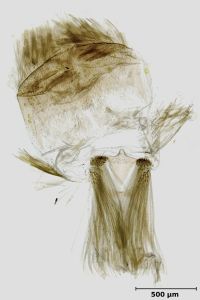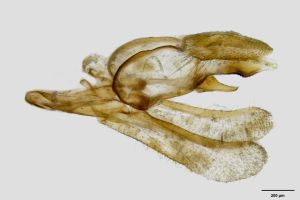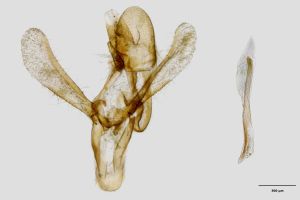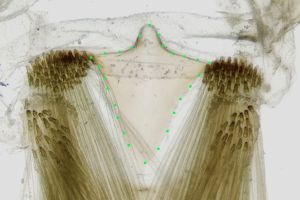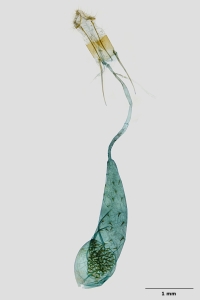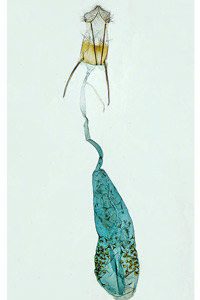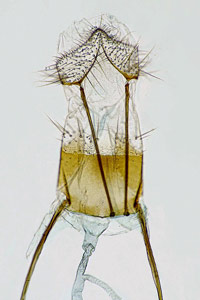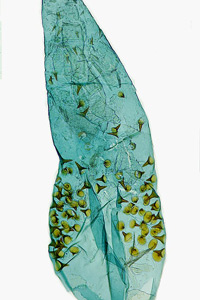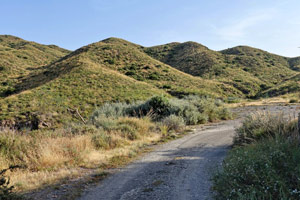

 +21Kontinente:EUAS
+21Kontinente:EUAS1. Lebendfotos
1.1. Falter
2. Diagnose
2.1. Männchen
2.2. Weibchen
2.3. Genitalien
2.3.1. Männchen
2.3.2. Weibchen
2.4. Erstbeschreibung
3. Biologie
3.1. Habitat
3.2. Nahrung der Raupe
- [Amaranthaceae: Camphorosmoideae:] Bassia muricata ?
- [Amaranthaceae: Salsoloideae:] Halogeton sp. ?
- [Amaranthaceae: Salsoloideae:] Petrosimonia triandra ??
Aus Europa noch unbekannt! Bidzilya et al. (2019) schreiben: "The species inhabits salt marshes and halophytic steppes. Larvae feed on Bassia muricata (L.) Asch. (Robinson et al. 2010–2019) and on Halogeton sp. in southern Kazakhstan (Falkovitsh 1969a: 458). In Dvujakornaya bukhta near Ordzhonikidze (Crimea) the adults were observed very abundant around Petrosimonia triandra (Pall.) Simonk that is undoubtedly the additional host plant of this species. Adults fly from May to mid June and then in July-August in two generations. The mature larva most likely overwinters."
Alle drei genannten Pflanzengattungen gehören zu den Salsoloidea innerhalb der Gänsefuß- bzw. Fuchsschwanzgewächse (Chenopodiaceae s.str., Amaranthaceae s.l.).
(Autor: Erwin Rennwald)
4. Weitere Informationen
4.1. Etymologie (Namenserklärung)
ephedrella: „έφεδρος daraufsitzend.“
4.2. Andere Kombinationen
- Phycis roscidella Eversmann, 1844 [Originalkombination]
4.3. Synonyme
- Myelois cinerella Stainton, 1859
- Ancylosis cinerella (Stainton, 1859)
- Homoeosoma ephedrella Herrich-Schäffer, 1861
- Heterographis blandella Ragonot, 1887
4.4. Literatur
- Bidzilya, O., Budashkin, Y. & V. Yepishin (2019): A review of the genus Ancylosis Zeller, 1839 (Lepidoptera: Pyralidae: Phycitinae) from Ukraine. — Zootaxa 4657 (3): 437–473.
- Erstbeschreibung: Eversmann, E. (1844): Fauna lepidopterologica volgo-uralensis exhibens lepidopterorum species quas per viginti quinque annos in provinciis Volgam fluvium inter et montes Uralenses sitis observavit et descripsit. I-XIV, 1-633. Casani (typis universitatis) [Digitalisat von Google Books im Viewer der Hathi Trust Digital Library].
- Roesler, R. U. (1973): Phycitinae. — Microlepidoptera Palaearctica 4: I-XVI, 1-752, Tafelband 1-137, pl. 1-170. Wien (Verlag Georg Fromme & Co).
- Yepishin, V., Khalaim, Y. & S. Novytskyi (2024): The Pyraloidea of the Odesa region of Ukraine (Insecta: Lepidoptera). — SHILAP Revista de lepidopterología 52 (205): 115-141. [PDF auf shilap.org]




















